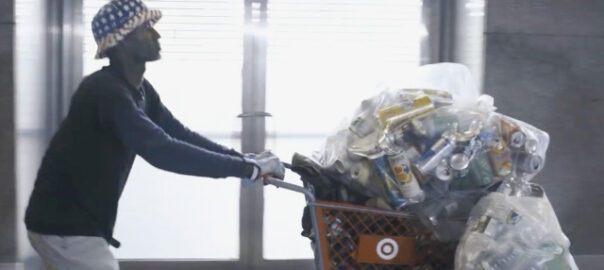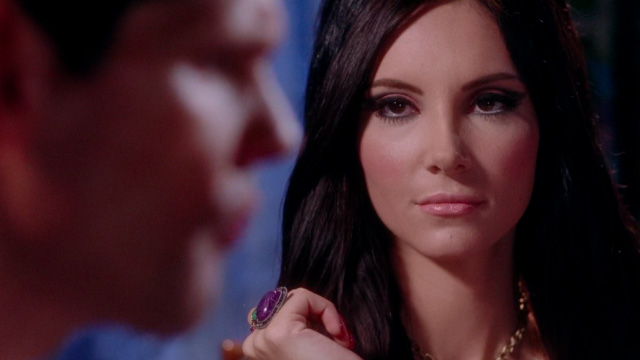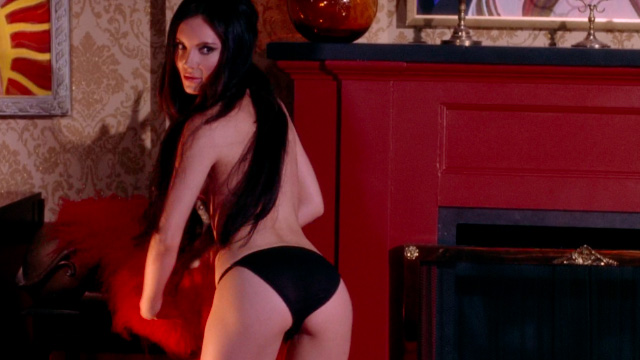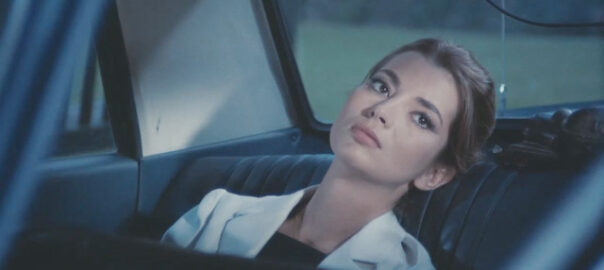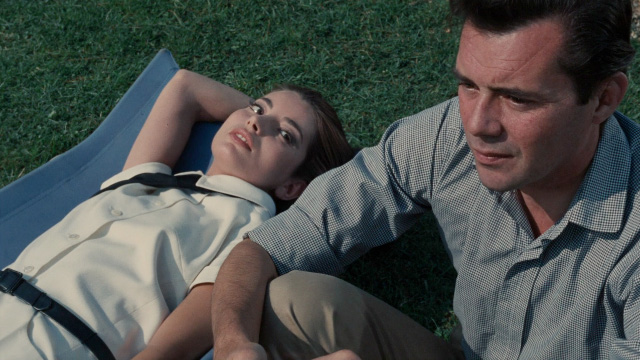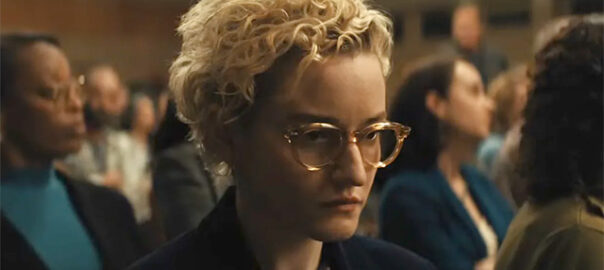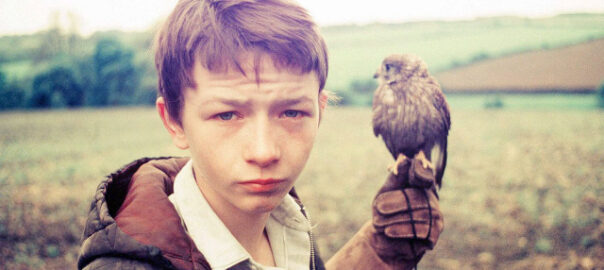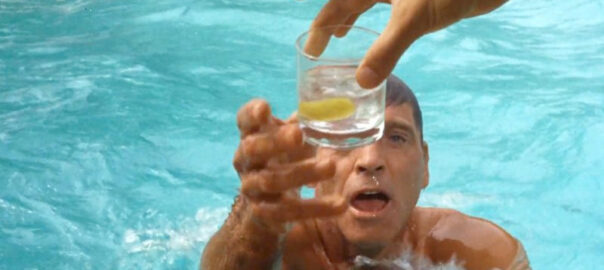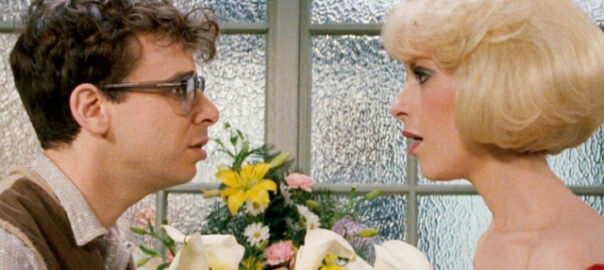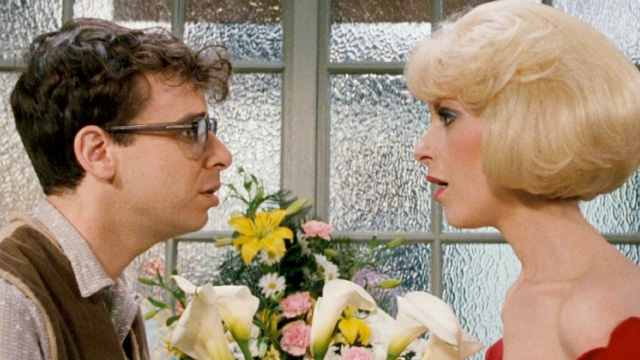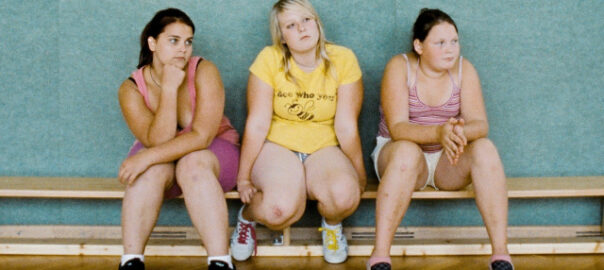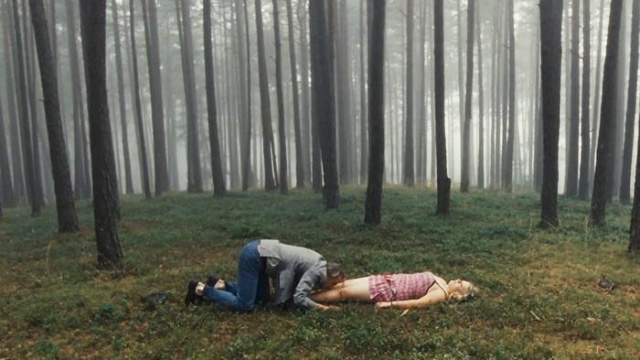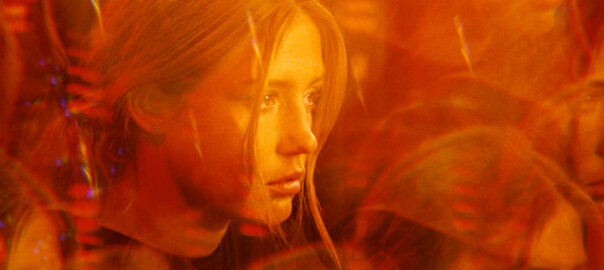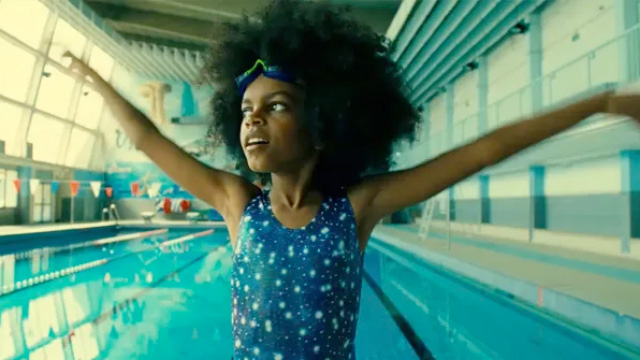Director: Oliver Laxe / Year: 2025 / Color / Spanish, French, English and Arabic languages / English subtitles / MPA rating: Not rated / Runtime: 115 min
Filmmaker Oliver Laxe brings a kind of humbling brilliance to “Sirât,” his inaugural Cannes competition entry, after catching attention in sidebars for his previous films. It’s the kind of film that Cannes attendees from far and wide come to the festival for: sui generis and evading any classification, emanating from a wholly personal vision of cinema while not resisting galvanizing, and sometimes crowd-pleasing, pleasures.
Born in France to Galician parents, and shooting the majority of his work to date in Morocco, Laxe’s work operates in the interstices of borders and cultures, but wholly bypasses appropriation. It’s always visually transportive and grimly sublime, focusing on simple plots and conflicts that provide ample space for philosophical and existential contemplation. And “Sirât” is undoubtedly his most fully realized work in his regard, notable too for folding in the visceral pleasures of contemporary genre and even blockbuster cinema.
The world Laxe creates is finely rendered in both the fore- and background, revealing much greater scope than its initial set-up lets on. Luis (Sergi López, in another powerful performance) is another variety of a recurrent character in cinema and television now: the stricken father, forced to bring his emotions further to the surface than he’s typically comfortable with, and responding in disbelief to his offspring’s opposing values.
His teenage daughter Mar left five months ago for the Moroccan Sahara’s illegal rave parties — and never returned. With no online communication, and little sense of her ultimate whereabouts or intentions, Luis and his young son Esteban (Brúno Nuñez) travel there themselves. Laxe soon gets in his first of many effective, incongruous fissures, as these remnants of a domestic family amble around a score of pilled and tatted-up partiers, the sub-bass and steady 4/4 house music kick pushing tension into the red.
Pragmatically enough, after showing photos of Mar to a raver couple called Jade and Bigui (Jade Oukid and Richard Bellamy, playing version of themselves, like the majority of the cast beyond López), they mention she could be at a future party located south of where they are. They decide to join forces and navigate there together, and we allow Laxe another common modern auteur strategy: finally dropping the title card once the first act is well underway.
But what quashes that opening rave introduces one of the film’s most fascinating elements. A large convoy of military vehicles drive into the vicinity, and while there’s little threat of violence or confrontation between the two parties, something catches our attention when a soldier wants to take the “EU citizens” present into custody. As the drive begins, the radio mentions civilians massed at national borders, and statements from the NATO Secretary General.
It’s an alternate present or near-future, and the world is collapsing; suddenly, we understand the rationale of why Mar, and later her family, can disperse from where they permanently lived. Morocco emerges as an “interzone,” like William S. Burroughs famously characterized it in “Naked Lunch,” where European, African, Middle Eastern nationalities, as well as Islamic (the film’s title derives from the religion’s name for the bridge between hell and paradise), Christian and New Age (to cite the ravers) customs can commingle.
Upon his film’s very tactile and material basis, we can project any intelligent guess for backstory, yet it’s one of the best examples of the “anti-psychological” approach that experimental filmmakers such as Laxe (alongside Albert Serra and Yuri Ancarani) have been chasing over the past decade, with reference to their portrayal of bodies and landscapes.
With another band of travelers — Stef, Josh and Tonin, the latter of whom has lost part of his right arm — in tow, the screenplay by Laxe and Santiago Fillol seems to lay out a plausible Point B to its a Point A: the potential reuniting of the family at the final rave in a sentimental, but satisfying catharsis. The ensuing first hour almost seems like a problem-solving “adventure” film, with petrol to be bartered for and solutions found to traversing unsteady rocks and bodies of water.
Laxe, I’m sure, would be flattered by comparisons to “The Searchers” and the Mad Max series. Yet a shattering tragedy at around the film’s mid-point upsets that trajectory entirely, as their convoy of cars become stationary, and confrontations with mortality must be sought.
To expand on the very “material” nature of this film, it never concedes to any scenes of now-routine psychedelic disorientation; Laxe and his ace cinematographer Mauro Herce are confident their mere photography of the space will burrow us into the characters’ emotions and appreciation for the area’s splendor, and also promise transcendence.
Even if it shows civilization as we once knew it to be now perishing, the film pays tribute to contemporary leftist currents in imagining what a utopia after capitalism might look like. Collectivity could be our ultimate destiny: the community ritual of bodies attached to sublime music (and electronic dance music is more beautiful than many skeptics realize), the dispensability of the nuclear family in a world of greater co-operative labor and nurturing. Such hopes can seem strident or naive in the world where the majority of us live, but Laxe’s true achievement in this film is magicking a scenario where their realization isn’t just possible, but necessary.
Review by David Katz for IndieWire


